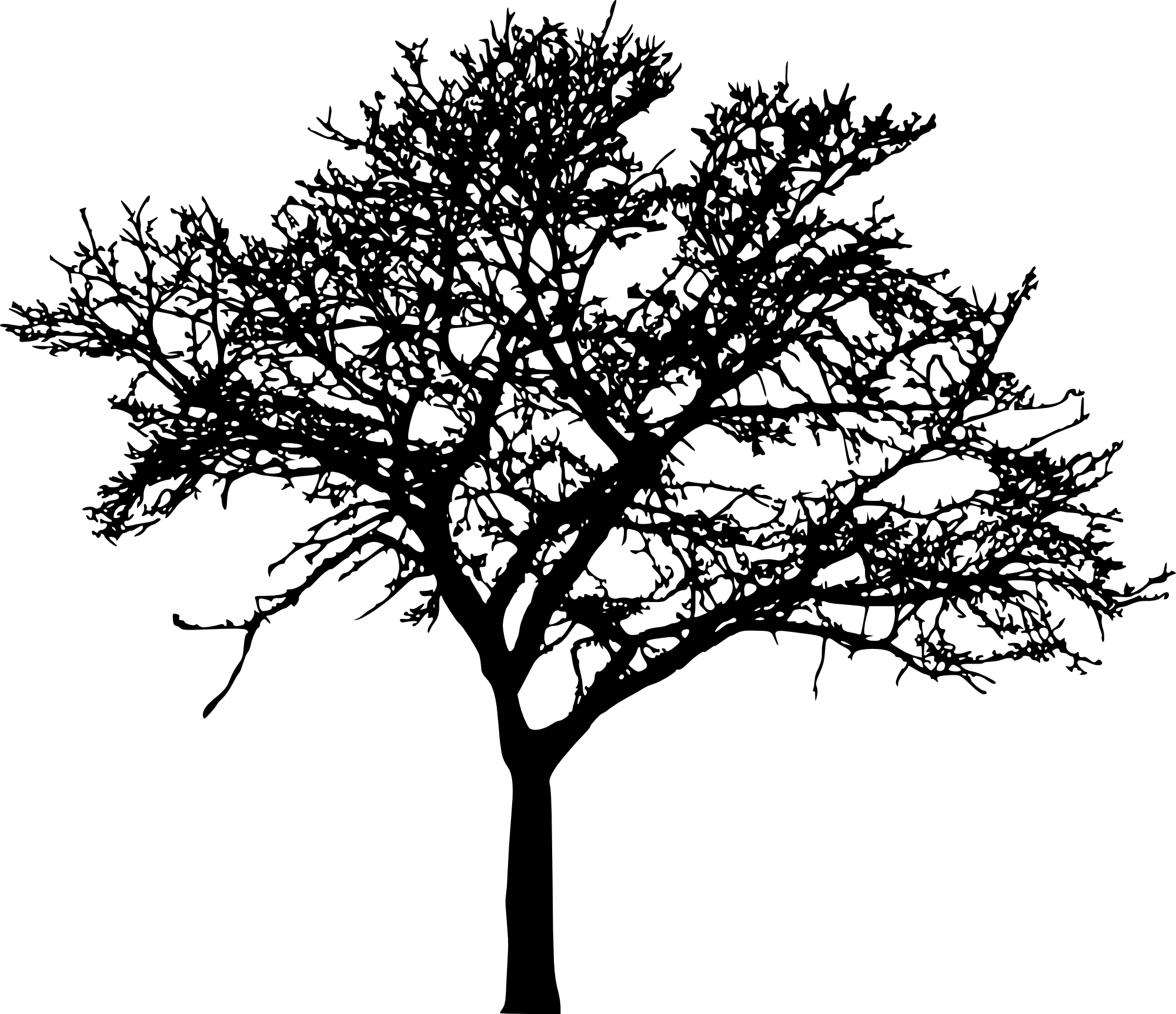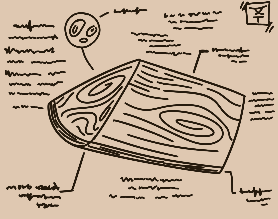 Little treehouse project
Little treehouse project
Our motivation
In the exciting field of genetics and biotechnology, a new frontier of research has been opened that has captured the imagination of scientists around the world, under the auspices of the organization known as "Little Treehouse": mutating fruits to transform them into humanoid forms while preserving their natural flavors and juice content. This fascinating and controversial field of study, known as "anthropomorphic fruit genetics," represents an innovative effort to combine plant biology and human anatomy without compromising the inherent taste and juice of the fruits. Modifying fruits into humanoid beings involves a series of complex genetic manipulations. First, base fruit species are selected that possess physical and genetic characteristics conducive to transformation while ensuring their signature flavors and juice content are retained. Then, genes responsible for the shape, texture, and structure of the fruit are isolated and modified with the goal of making them resemble a miniature human figure, all the while preserving the delicious taste and juicy qualities of the fruit.
One of the biggest challenges in this process is the manipulation of the fruit's internal structure. The aim is to modify the distribution of cells, density, and tissue composition to achieve an appearance more similar to that of a human while ensuring that the fruit's natural juice remains intact. Additionally, work is done to alter the fruit's skin to resemble the texture of human skin without affecting the fruit's inherent flavor.
The development of humanoid fruits also involves incorporating human-like characteristics into their taste and aroma by introducing specific aromatic compounds and flavors reminiscent of human foods while not compromising the original flavor.
It is important to note that this field of research, emphasizing the preservation of the fruit's unique flavor and juice content, still raises significant ethical questions. The creation of humanoid fruits raises issues regarding the ethical treatment of modified living organisms and their potential implications for food and sustainability. Therefore, scientists must carefully address ethical and societal considerations as they advance in this exciting yet controversial area, all while safeguarding the essence of the original fruit's taste and juiciness.
Structure

Form and specifications reached
A humanoid fruit creature with the characteristics you mentioned would have a truly unique and astonishing appearance: Skin: The skin of this creature would be smooth and flexible, similar to that of a ripe fruit. Skin pigmentation would vary depending on the fruit it originated from, giving it a distinctive appearance. For example, if it's an apple creature, its skin might be red or green. Hair and Head: Instead of conventional hair, this creature would have a "mane" made of solid sugar growing directly from its scalp. This sugar mane could come in vibrant colors and have a texture similar to cotton candy. Face: The creature's face would be a blend of humanoid and fruit features. It would have bright and expressive eyes, a nose, and a mouth that allows it to communicate and taste its surroundings. Limbs: Instead of bones, these creatures would have interwoven roots in place of a skeletal system. These roots would be flexible and allow for a wide range of movement. They would also extend throughout the body, providing stability and absorbing nutrients from the soil for sustenance. Organs and Circulation: Instead of blood, these creatures would have fruit juice circulating through a system similar to veins and arteries, delivering nutrients and energy throughout their bodies. This juice would result from photosynthesis, a vital process that allows them to convert sunlight into energy. Body Morphology: Body shape could vary depending on the base fruit. For example, a pear creature might have a more rounded form, while a pineapple creature might have a more elongated and spiky structure. Photosynthesis Capability: Leaves or areas of the creature's skin would be designed to perform photosynthesis, absorbing sunlight and converting it into energy for their functioning. This could also lead to variations in skin color and patterns, depending on how much sunlight they've absorbed. Eye Pupils: The pupils of this creature's eyes would be unusually striking. Instead of traditional pupils, they would have a unique feature: the pupils would be segments of the corresponding fruit cut in half. For example, if the creature originated from a citrus fruit like an orange, the pupils would be semicircles of a halved orange, giving them a surprisingly realistic and unique appearance. These pupils could vary in color and texture depending on the base fruit, giving the creature a distinctive and captivating gaze. Photosynthesis Leaf at Birth: At birth, these humanoid fruit creatures would have a unique leaf on top of their heads. This leaf would be responsible for carrying out the photosynthesis process in the early stages of their life. As the creature grows, this leaf may fall off or transform into a decorative element that contributes to its unique appearance.
Advaliable for purchase Now
Add an Exotic Touch to Your Home with a Seedling!
In an era of unconventional relationships, a unique experience awaits, one that can inject an intriguing and entertaining element into your life. We're talking about adopting a Seedling, an opportunity to add an element of intrigue and entertainment to your home. While it may be challenging to view these young beings as creatures with rights, let us introduce you to these small ones with infinite potential to offer fun and companionship, beyond what a pet could provide.
Discovering Your Seedling
Imagine the excitement of visiting a shelter or adopting a Seedling from an organization like "Little Treehouse." Just like when you choose a pet, you can get to know Seedlings with a variety of personalities and traits. Some may be playful and curious, while others may be quieter. What they all share is their youth, which provides them with untapped potential, ready to be molded according to your preferences.
Reasons why you should adopt one
- Dynamic Entertainment: The energy and mischief of a Seedling will offer you fun and excitement in your daily routine. They're like a burst of energy that injects vitality into your life.
- Customized Training: The youth of Seedlings allows them to be molded and trained according to your preferences. You can customize their development and teach them specific skills.
- Exotic Connection: By opening your home to a Seedling, you add a layer of exoticism to your life. You become part of a select group of people who have discovered the charm of these unique beings.
- Endless Fascination: The curious nature of Seedlings means there will always be something new to discover and explore. Their constant fascination will keep you entertained.
- Personal Responsibility: Caring for a developing being will teach you the importance of responsibility and dedication, which can have a positive impact on your life.